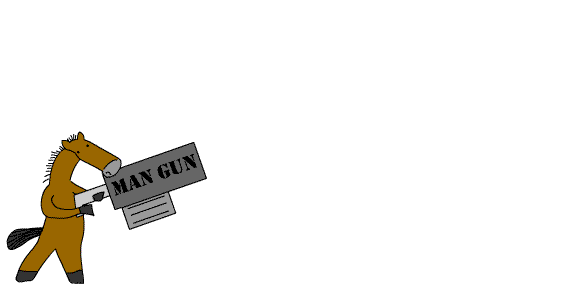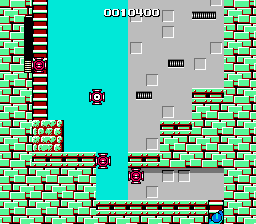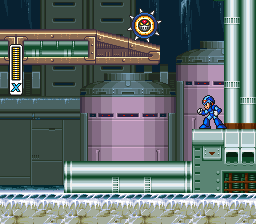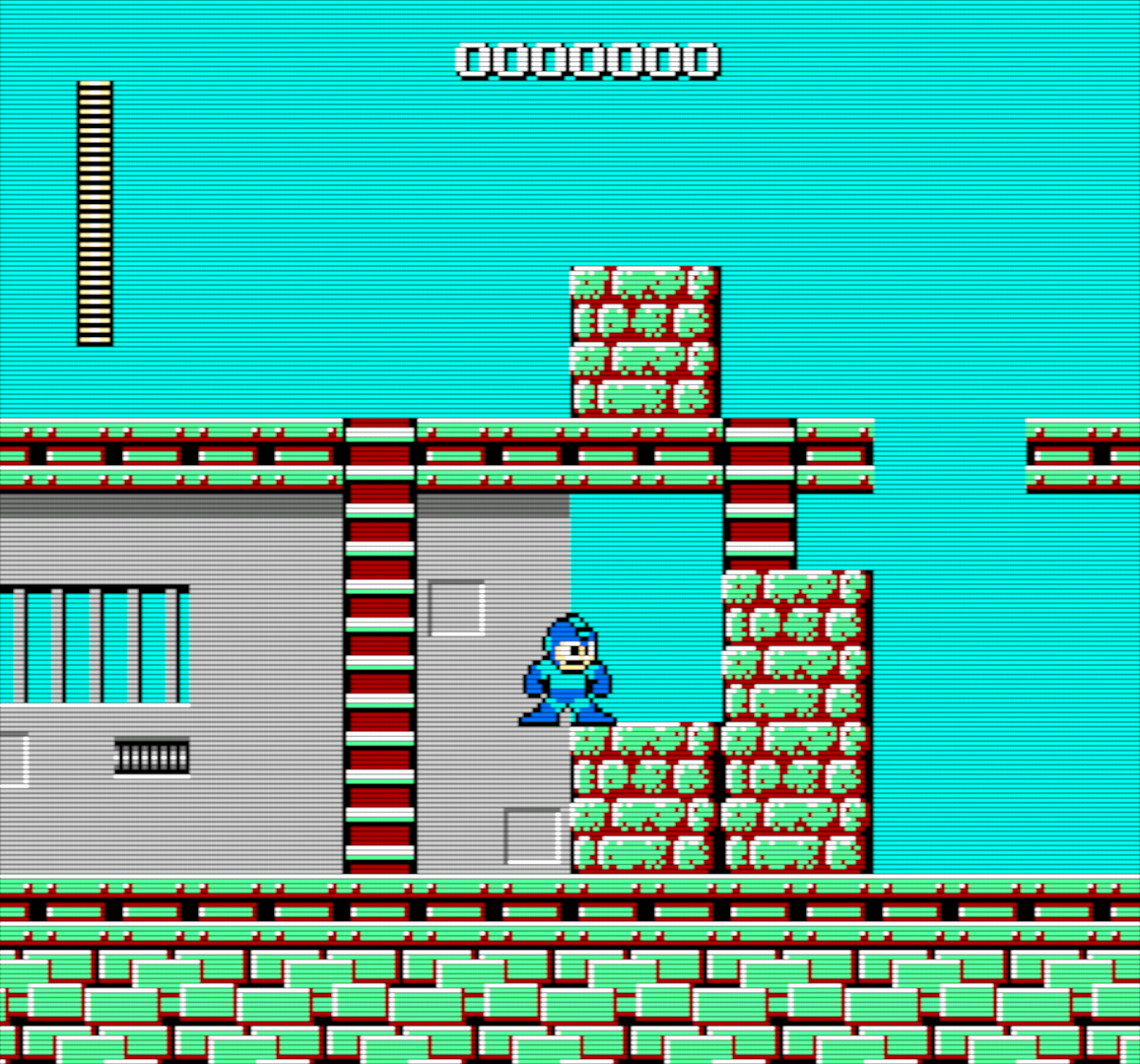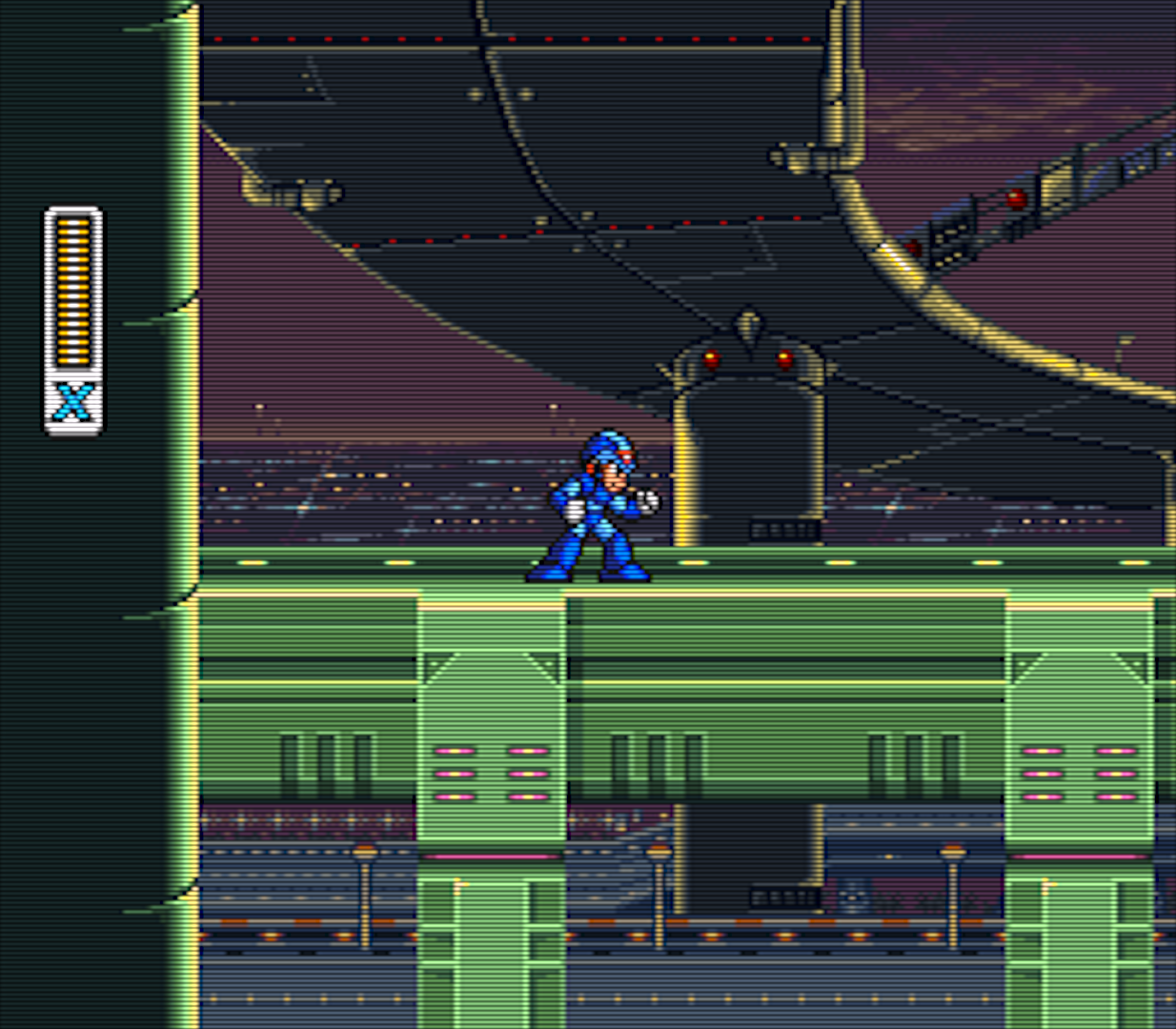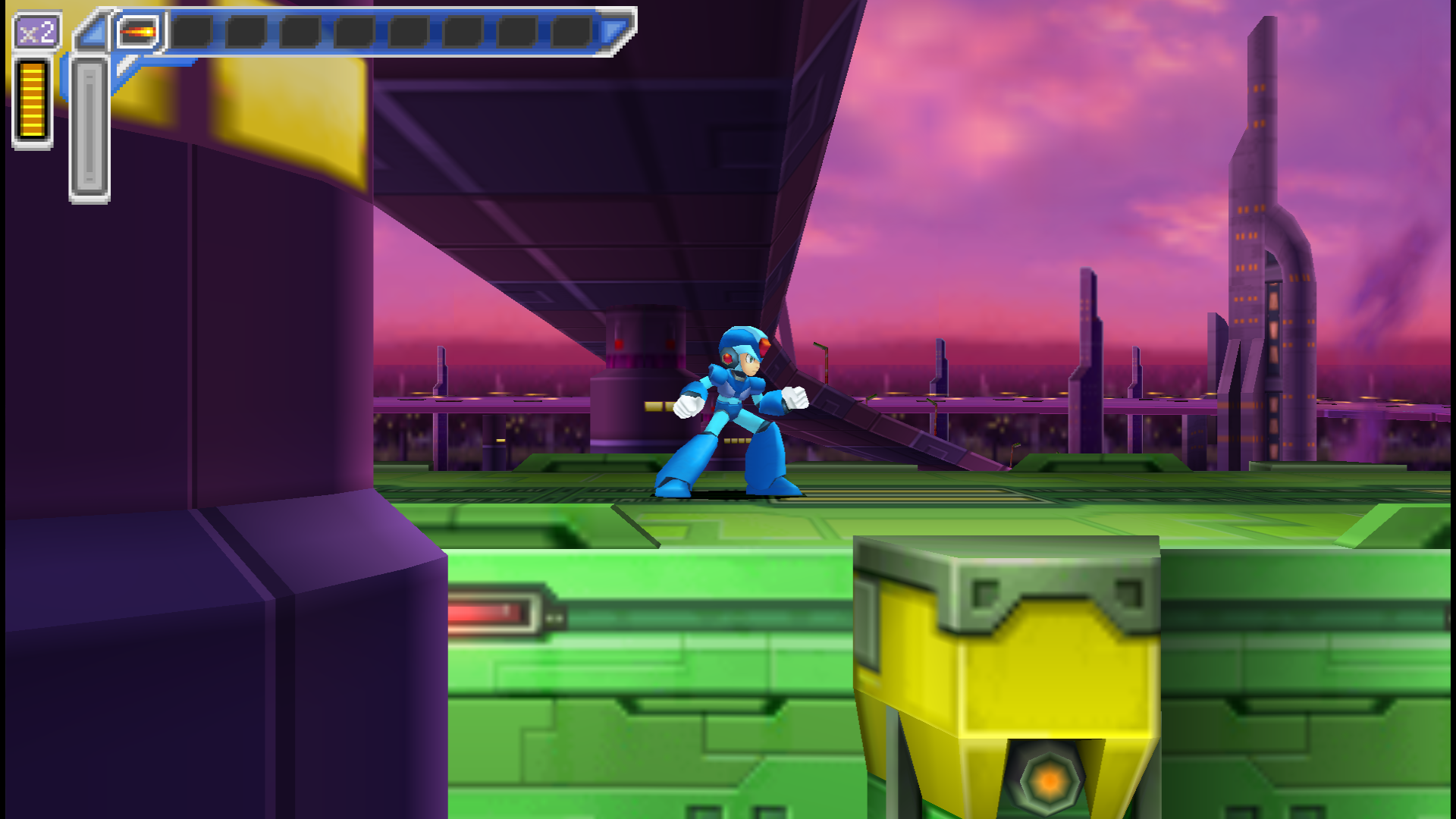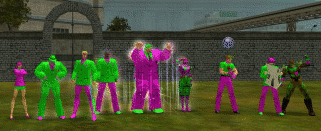As readers of this site (if any) are no doubt aware, there are a lot of things that make me feel nostalgic. Moving is one of those things.
It's a goodbye of sorts. "Beginnings and endings," as my high school drama teacher used to say on closing night.
I'm finally getting rid of the old Ikea furniture I bought when I moved into my first apartment in 2006. And I think about those times -- first apartment, first furniture, first flatscreen TV, first car, first full-time job --, and mostly they were lonely. I was out in north Phoenix, 25 miles away from anybody I knew, working a shit job and getting paid about a third of the fair market value of my work. The wonderful world of IT in the post-dotcom-crash era.
But, y'know, it wasn't all bad. It's not like I was completely isolated. I had friends who'd make that 25-mile drive, from Glendale or Scottsdale or Fountain Hills or wherever they happened to be. Other folks going through the same thing I was, twentysomething kids figuring out how to adult. Watching Firefly and Justice League and walking to the outdoor mall nextdoor to see Aqua Teen Hunger Force Colon Movie Film for Theaters. We had some good times.
And y'know, what would nostalgia be without thinking about old girlfriends?
One of those friends I spent some time with, back at that old apartment, was a woman I used to date. We'd gotten reacquainted since. There's something about having somebody to talk to who knows you that well, but the both of you coming back older and, hopefully, wiser -- at least, wise enough not to do anything stupid like try to date again. At any rate, I think she was going through some similar stuff in those days; I don't know if she was as lonely as I was (she always had an easier time making friends), but she was probably even more miserable in her job. And we were there for each other.
And I'm looking through some of the other stuff I'm packing, or leaving, and my mind's moving on a few years, to another move, and another girlfriend. And that move was one of the most consequential decisions of my life, though it didn't seem like it at the time.
In 2009, I moved in with a woman I'd been dating for six months or so. I'm not sure we were entirely clear that that was what we were doing at the time; she still had her own apartment. But her brother was staying at her place, and she kept staying at my place, and eventually we realized my place was actually our place.
Our first home. And I'm putting stuff in boxes and bags and I think of the good times and the hard times we went through there. I pack meds and I think of nights we spent in hospitals, and I think those nights were what forged our relationship into something lasting. Even more than the wedding, I muse, as I take down the wedding photo hanging on the wall.
I pack my laptop and remember I bought it after the last one was stolen. I pack dog toys and I think of the puppy we brought home a few days later.
And then we moved again. Seven years ago, to the week -- I remember because it was the Fourth of July and it was pouring rain.
And if that other house was our first home, this one was the first house that was our house. With the custom cabinetry, the closet space for my comic collection, the big shed where I have too much old shit that I've at least pared down a little now that we're moving.
I'll miss the place. It's been a great place to live these seven years. Hell, just in the past year we've hunkered down here during COVID-19 and dealt with the aforementioned puppy's recovery from hip surgery. (She likes to jump into our bed with us, so we broke down our bedframe and put the mattress right on the floor to stop her from jumping. It was hell on our backs, but she's recovered nicely.)
The places I've been, the people who've been there with me, even the furniture I've bought and all the assorted shit I've accumulated over the years -- well, at least I'm getting rid of some of it -- all that's part of the story. Most of it has a memory attached. Good ones, bad ones -- and on balance, I'd say mostly good.
I'll miss this place. But the new place is good too. Someday I'll be thinking back on all the memories I'll have made there. Beginnings and endings, huh? Yeah, I can see that.

